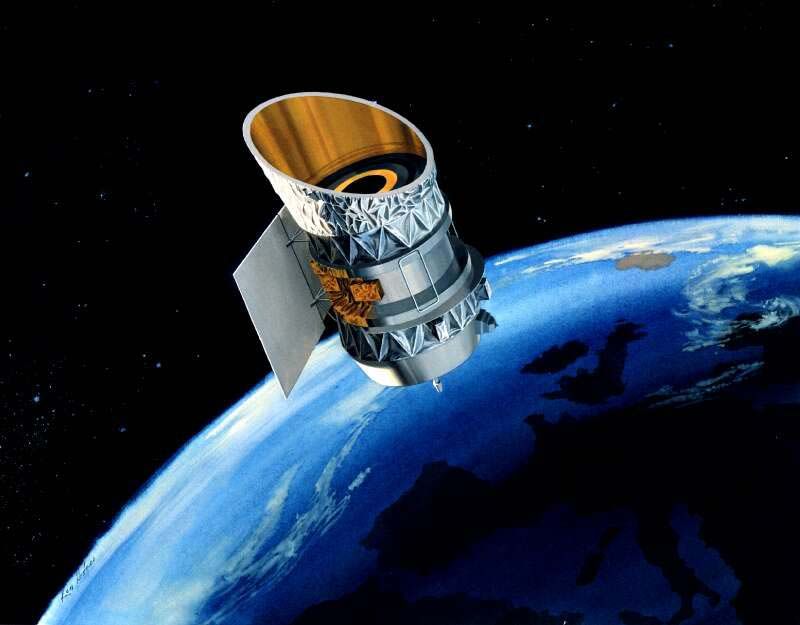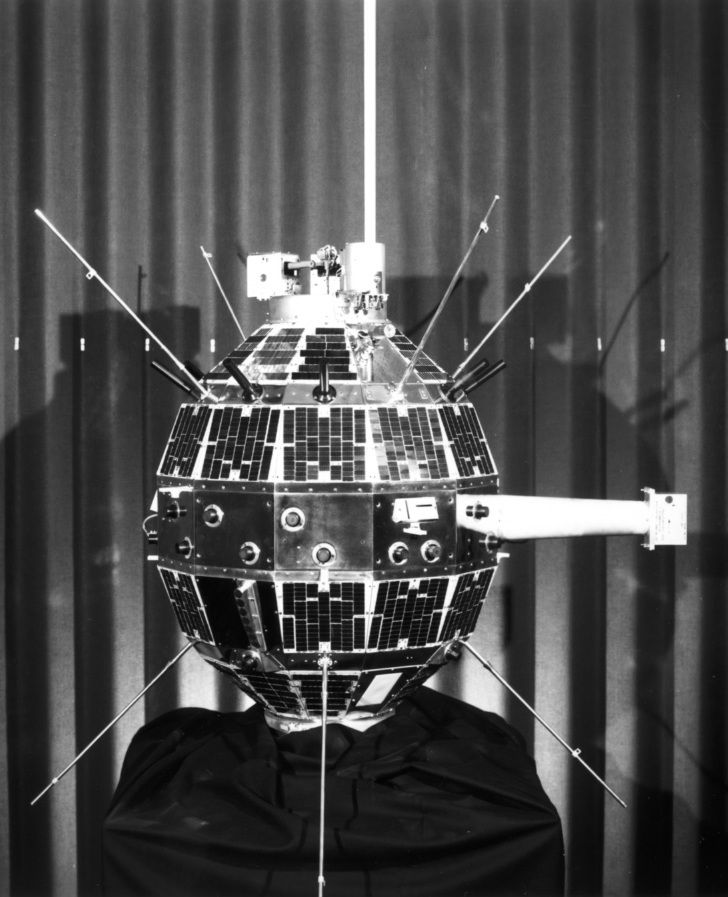Winston
Lorenzo von Matterhorn
- Joined
- Jan 31, 2009
- Messages
- 9,560
- Reaction score
- 1,749
900km directly above Pittsburgh, PA, a 1 in 100 chance of satellite collision.
https://twitter.com/LeoLabs_Space/status/1221908248305061889
1/ We are monitoring a close approach event involving IRAS (13777), the decommissioned space telescope launched in 1983, and GGSE-4 (2828), an experimental US payload launched in 1967.
2/ On Jan 29 at 23:39:35 UTC, these two objects will pass close by one another at a relative velocity of 14.7 km/s (900km directly above Pittsburgh, PA). Our latest metrics on the event show a predicted miss distance of between 15-30 meters.
3/ These numbers are especially alarming considering the size of IRAS at 3.6m x 3.24m x 2.05m. The combined size of both objects increases the computed probability of a collision, which remains near 1 in 100.
4/ Events like this highlight the need for responsible, timely deorbiting of satellites for space sustainability moving forward. We will continue to monitor this event through the coming days and provide updates as available.
Two Satellites Could Collide Tonight
https://www.popularmechanics.com/space/satellites/a30682394/satellites-collision/
They’ll be hurtling along their orbit at a relative velocity of about 32,880 miles per hour...
NASA, the Netherlands Agency for Aerosace Programmes, and the U.K.'s Science and Engineering Research Council launched the Infrared Astronomical Satellite (IRAS) from Vandenberg Air Force Base in California on January 25, 1983. IRAS carried three scientific instruments: a survey array, a low resolution spectrometer and a chopped photometric channel.
For 10 months, the space telescope monitored the skies in infrared wavelengths. It discovered six new comets, charted our galaxy’s guts, and uncovered evidence of solid material—an indicator of planetary formation—around the stars Vega and Formalhaut. The 2103-pound telescope was put to pasture on November 21, 1983.
...the U.S. Naval Reconnaissance Office, the National Security Agency, and the Naval Research Lab launched the other spacecraft, GGSE-4 or POPPY 5b, from Vandenberg in 1967—one of a seven-satellite intelligence mission. Some information about the POPPY program was declassified in 2005. The 187-pound satellite has 59-foot-long gravity gradient booms that reach out into space—an obvious concern given the close distance in which the two satellites are projected to pass. It was decommissioned in 1972.
POPPY Program Fact Sheet
https://www.webcitation.org/5qRZz99Uc?url=https://www.fas.org/irp/nro/poppy.pdf
IRAS - 2,103 lb

GGSE-4 (POPPY 5b) - 187 lb

https://twitter.com/LeoLabs_Space/status/1221908248305061889
1/ We are monitoring a close approach event involving IRAS (13777), the decommissioned space telescope launched in 1983, and GGSE-4 (2828), an experimental US payload launched in 1967.
2/ On Jan 29 at 23:39:35 UTC, these two objects will pass close by one another at a relative velocity of 14.7 km/s (900km directly above Pittsburgh, PA). Our latest metrics on the event show a predicted miss distance of between 15-30 meters.
3/ These numbers are especially alarming considering the size of IRAS at 3.6m x 3.24m x 2.05m. The combined size of both objects increases the computed probability of a collision, which remains near 1 in 100.
4/ Events like this highlight the need for responsible, timely deorbiting of satellites for space sustainability moving forward. We will continue to monitor this event through the coming days and provide updates as available.
Two Satellites Could Collide Tonight
https://www.popularmechanics.com/space/satellites/a30682394/satellites-collision/
They’ll be hurtling along their orbit at a relative velocity of about 32,880 miles per hour...
NASA, the Netherlands Agency for Aerosace Programmes, and the U.K.'s Science and Engineering Research Council launched the Infrared Astronomical Satellite (IRAS) from Vandenberg Air Force Base in California on January 25, 1983. IRAS carried three scientific instruments: a survey array, a low resolution spectrometer and a chopped photometric channel.
For 10 months, the space telescope monitored the skies in infrared wavelengths. It discovered six new comets, charted our galaxy’s guts, and uncovered evidence of solid material—an indicator of planetary formation—around the stars Vega and Formalhaut. The 2103-pound telescope was put to pasture on November 21, 1983.
...the U.S. Naval Reconnaissance Office, the National Security Agency, and the Naval Research Lab launched the other spacecraft, GGSE-4 or POPPY 5b, from Vandenberg in 1967—one of a seven-satellite intelligence mission. Some information about the POPPY program was declassified in 2005. The 187-pound satellite has 59-foot-long gravity gradient booms that reach out into space—an obvious concern given the close distance in which the two satellites are projected to pass. It was decommissioned in 1972.
POPPY Program Fact Sheet
https://www.webcitation.org/5qRZz99Uc?url=https://www.fas.org/irp/nro/poppy.pdf
IRAS - 2,103 lb

GGSE-4 (POPPY 5b) - 187 lb







